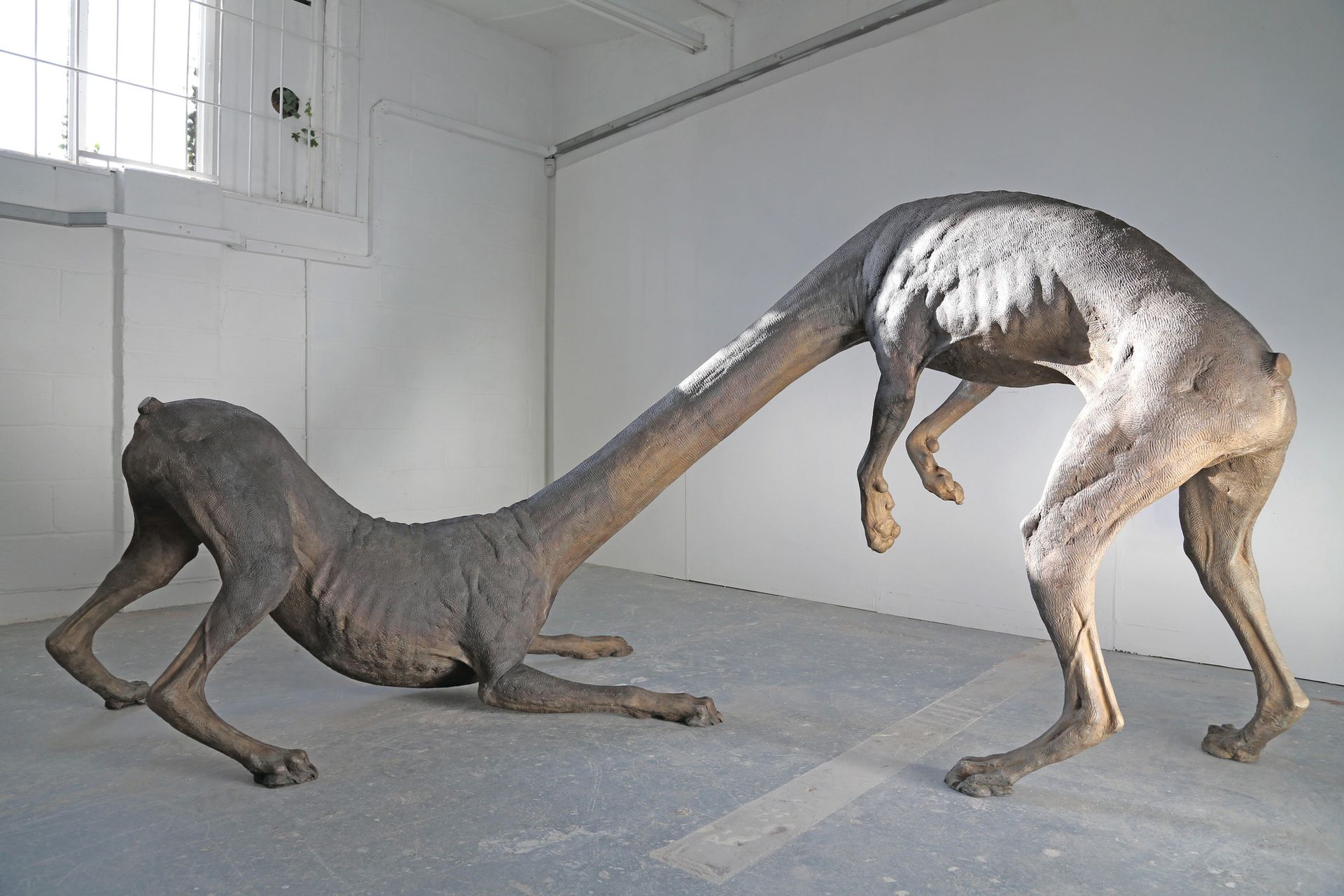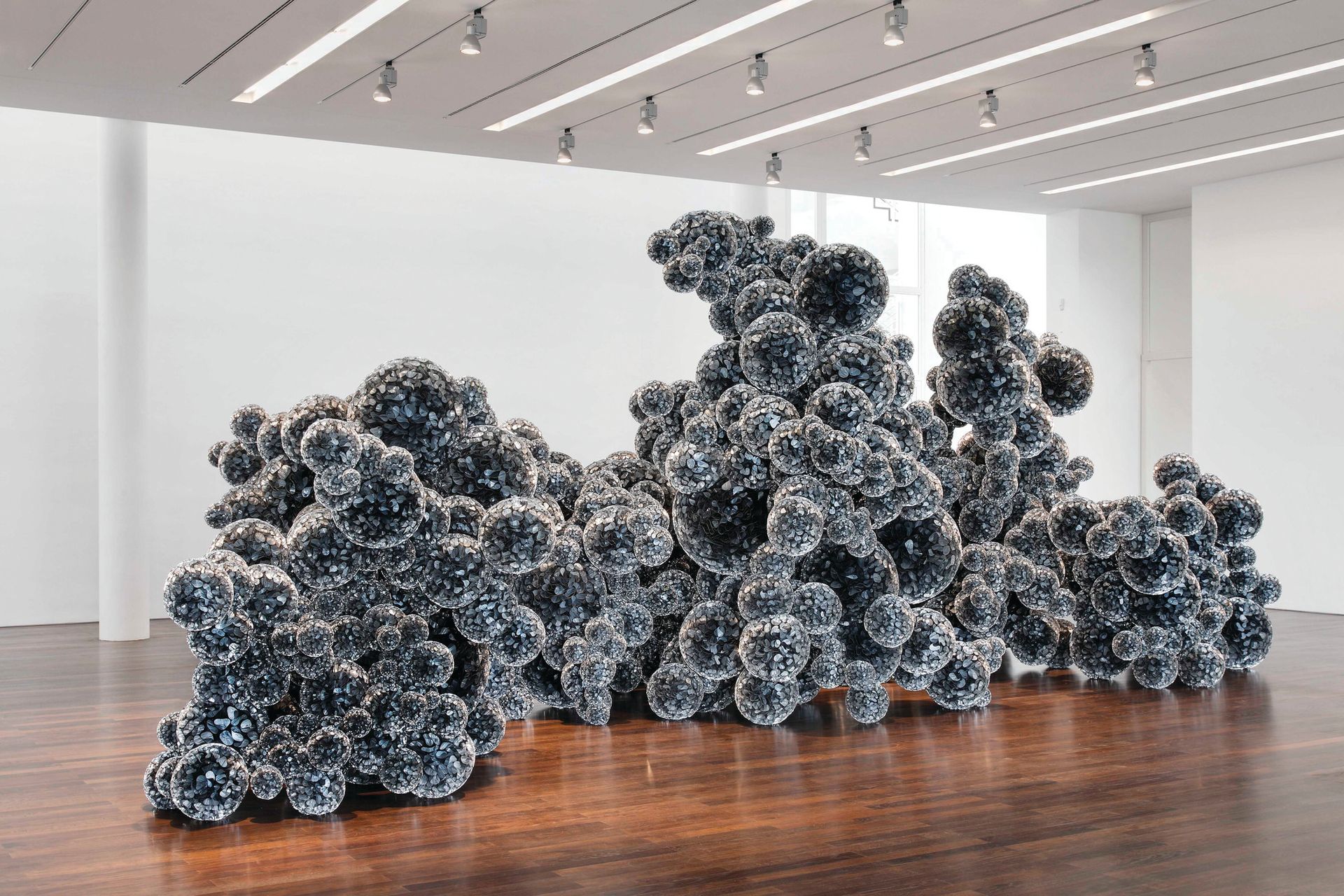The Edinburgh Art Festival returns this summer for its 12th edition. This year’s event, which is sponsored by more than 20 organisations, including Creative Scotland and the City of Edinburgh Council, comprises more than 40 shows and events across 30 of the city’s galleries and museums.
It includes the first solo exhibitions in Scotland for Phyllida Barlow (at the Fruitmarket Gallery, until 18 October) and the late Hanne Darboven (at the Talbot Rice Gallery, 31 July-3 October). The US artist John Chamberlain, who died in 2011, will have his first exhibition in any UK public gallery at Inverleith House in the Royal Botanic Garden (18 July-4 October). Other historic surveys include the exhibition Lee Miller and Picasso at the Scottish National Portrait Gallery (until 6 September) and The Amazing World of M.C. Escher at the Scottish National Gallery of Modern Art (until 27 September). A host of contemporary artists have also been commissioned to make new work for the festival.
What holds such a large event together? “A shared passion and enthusiasm, in the audience as much as in the organisers, for the very best in visual art,” says the festival’s director, Sorcha Carey. “Festivals are about utter immersion [and] intense periods of time when you give yourself over entirely to exploration and discovery.”
Encounters at the end of the imagination
Fittingly for a city with fairy-tale architecture of turrets and gables, alternative worlds are conjured in the new commissions for this year’s Edinburgh Art Festival. The works, three of which are detailed here, are grouped under the theme of The Improbable City, which takes its name from Italo Calvino’s 1972 novel Invisible Cities, which consists of a series of prose poems. “In very different ways, [these artists] offer an encounter with worlds or spaces at the limits of the probable,” says Sorcha Carey. “They find a suitably improbable context in Edinburgh, a city described by [the Scottish novelist] Robert Louis Stevenson as a ‘dream in masonry and living rock’, and which once a year gives over its entirety to an intense and hedonistic exploration of the ‘other’ in all its forms.”
Marvin Gaye Chetwynd
Pagan desire courses through the British artist Marvin Gaye Chetwynd’s performance work The King Must Die (2015), which is due to be installed in the debating chamber in the Old Royal High School on Calton Hill. The immersive installation fuses action from Mary Renault’s Greek historical novel of the same name with scenery that references designs by the Czech stage scenographer Josef Svoboda.

Ariel Guzik
The Mexican artist, musician and inventor Ariel Guzik transports viewers to an underwater world with Holoturian (2015), a prototype for a subaquatic ship that can communicate with whales and dolphins. Guzik sees these mammals as an independent civilisation on a par with humankind and has spent ten years researching how to communicate with them. The installation will be on show at the Gothic church Trinity Apse, accompanied by some of Guzik’s fantastical drawings.

Charles Avery
The Scottish-born artist Charles Avery has created a 5m-tall bronze tree for Waverley Station, Edinburgh’s landmark railway stop named after Sir Walter Scott’s 1814 novel Waverley, which is considered the Western world’s first historical novel. Avery’s sculpture is part of an ongoing project, The Islanders, a series of texts, drawings, installations and sculptures that describe the geography and culture of an imaginary island.

When materials become so much more
A sculpture by Tara Donovan resembling an exploding meteor, or a cell-like organism, goes on show in an exhibition of the US artist’s work at Jupiter Artland (1 August-27 September). The bulbous piece, Untitled Mylar (2011), comprises a cluster of balls made from the industrial material Mylar. Another version of the sculpture is in the collection of the Indianapolis Museum of Art.
Donovan specialises in stretching the limits of found materials. “I work to a point that the material transcends itself,” Donovan says in a film produced for the Louisiana Museum of Modern Art in Humlebaek. “My intention in my work, and my investigation and curiosity, is really based on providing a challenge for myself to figure out what I can make things do, simply relying on the physical peculiarity of any given thing.”
Edinburgh Art Festival, various venues, 30 July-30 August

